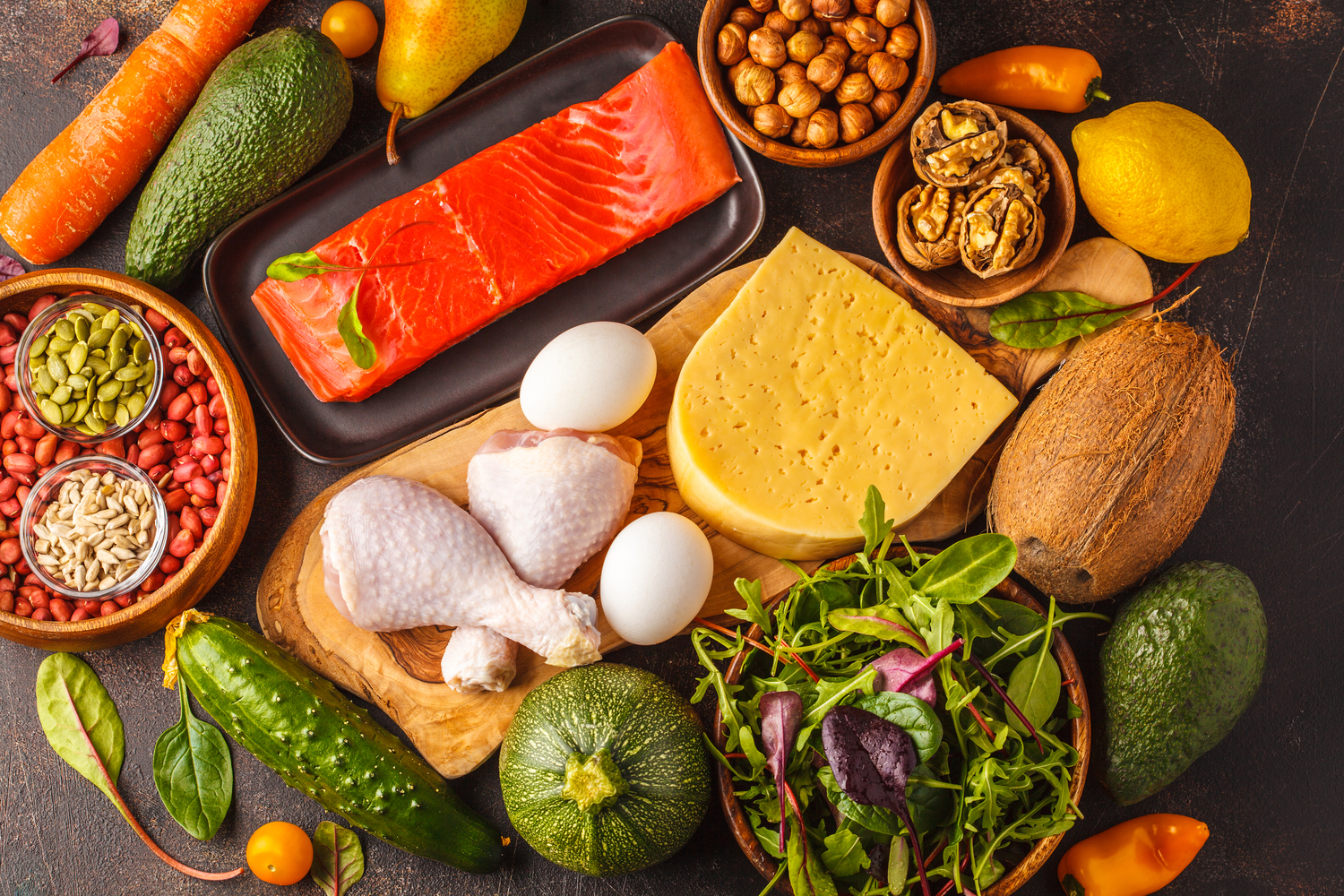Ketogenic Diets For Epilepsy
Ketogenic diets for epilepsy
The keto diet is designed in a way to produce a state of ketosis, a normal metabolic process. This low-carb, high-fat diet works by making the body burn the stored fat as a source of energy rather than carbohydrates in the form of glucose or glycogen. Aside from helping one lose weight, helping treat type 2 diabetes, and even cancer, the ketogenic diet has also shown results in the treatment of epilepsy.

- Fats (lipids)
Fats are mostly found in oils, oily fish, nuts and seeds. High-fat dairy foods include butter, hard cheeses, high fat cream, coconut oil, etc. Fats play an important role in the health of all cells, especially those that make up the myelin sheath, which is a protective layer around the brain. - Proteins
Proteins are a source of vitamins, minerals, fatty acids, as well as amino acids. They help in building the body muscles and support red blood cells, hormones, enzymes, and our immune system. Mostly found in dairy foods such as milk and cheese; eggs, meat, fish, lentils, and beans are also a rich source of protein. - Carbohydrates
Carbohydrates are the primary source of energy used by the body. While carbs from whole, fiber-rich foods are healthy, carbs from refined foods and sugar are not. Starchy vegetables, fruits, whole grains, and legumes are rich sources of carbohydrates.
The following are food items and their nutritional information given to help one know what to consume and why, when on a keto diet to help treat epilepsy.
Plain Greek yogurt and cottage cheese: This contains high protein and a very little amount of carbohydrates. 150 grams of plain Greek yogurt contains 11 grams of protein and 5 grams of carbohydrates. 100 grams of cottage cheese contains 18 grams of protein and 5 grams of carbohydrates. These two items reduce the appetite and make the stomach full.
Butter and cream: These a great source of good fats which are preferred on a ketogenic diet for epilepsy. They contain a very minute amount of carbohydrates and are nearly carbohydrate-free.
Olives and olive oil: Olive oil is rich in fat and contains no carbohydrates. One can use olive oil while making salad or mayonnaise. Olives have the same benefits as olive oil. The amount of carbohydrate in olives varies due to their size, 28 grams of olives contain 2 grams of carbohydrates.
Nuts and seeds: Nuts and seeds are a great source of fats and contain a very small amount of carbohydrates. The carbohydrate count differs for every variety of nuts and seeds. For example, 28 grams of cashew nut contains 9 grams of carbohydrates, 28 grams of walnuts contain 2 grams of carbohydrates, 28 grams of pumpkin seeds contain 5 grams of carbohydrates, etc.
Unsweetened coffee and tea: Coffee and tea are completely free carbohydrate-free. It is better to consume unsweetened coffee or tea in case one suffers from epilepsy. They help in boosting one’s physical and mental performance.















